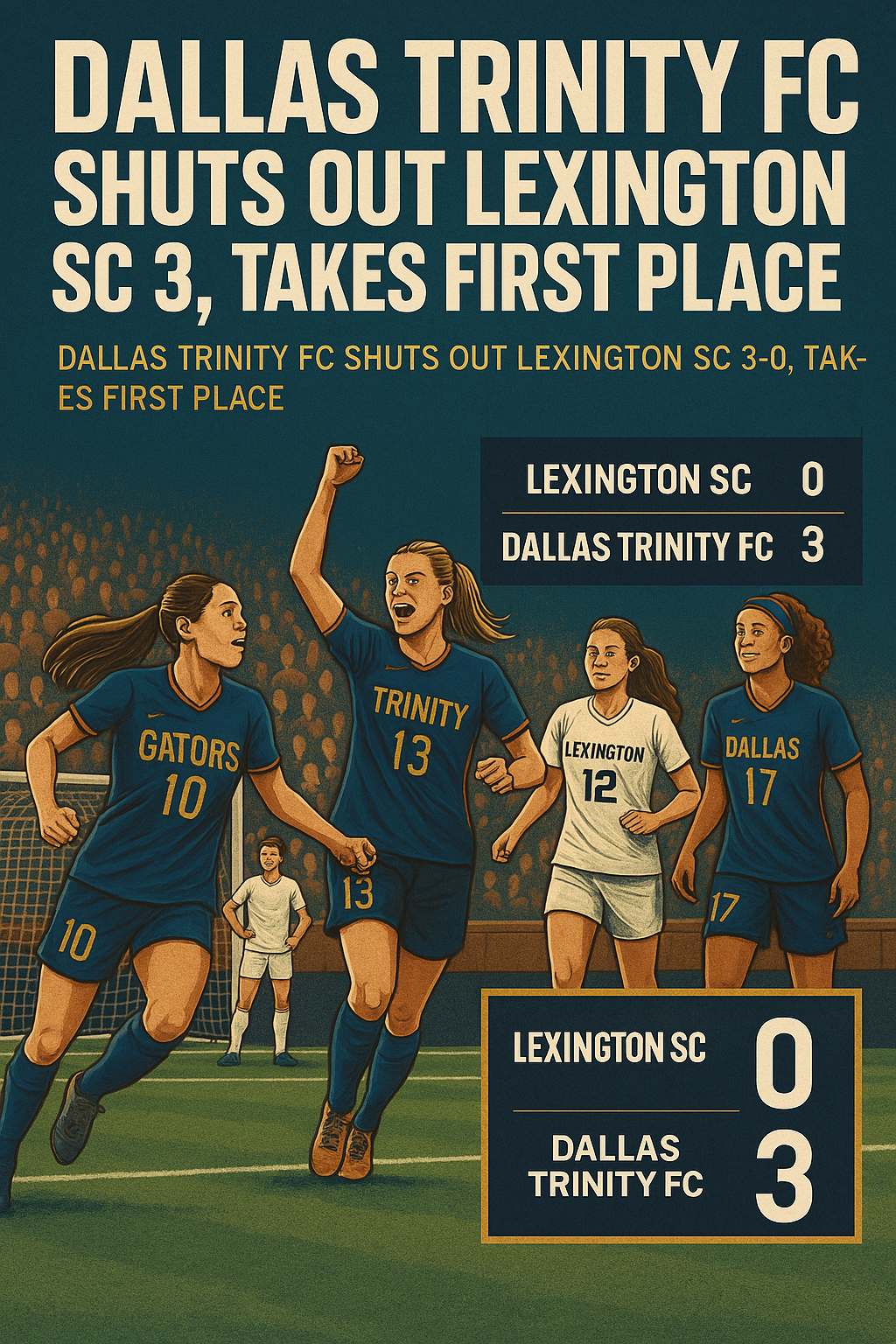Utah State Joins Pac-12, UNLV Weighs Its Future Amid Realignment Turmoil
In a significant development for college sports, Utah State has officially agreed to join the Pac-12, a crucial step in the conference’s ongoing efforts to rebuild. With this addition, the Pac-12 moves closer to securing its status as a recognized FBS football conference, needing just one more member to meet the NCAA’s minimum requirement of eight full-time members.
Utah State's Move Strengthens Pac-12's Rebuild
The Pac-12, once a dominant force in college athletics, has been scrambling to stabilize its membership following the mass exodus of teams in recent realignment cycles. With only Oregon State and Washington State remaining from its previous lineup, the conference has aggressively pursued new members. The addition of Utah State marks the continuation of a rebuilding effort that began with the inclusion of Boise State, Colorado State, Fresno State, and San Diego State from the Mountain West, all set to join in 2026.
The Pac-12’s goal is clear: to re-establish itself as a competitive conference in the rapidly evolving college sports landscape, particularly in football. By securing Utah State, the Pac-12 brings its member total to seven, just shy of the required eight schools needed to retain its FBS status, which allows its champion to qualify for the 12-team College Football Playoff.
UNLV’s Uncertainty Amid the Shuffle
While Utah State’s decision offers the Pac-12 some stability, UNLV’s situation remains fluid. Initially committed to staying in the Mountain West, UNLV has now paused to re-evaluate its options. This uncertainty comes after Utah State’s departure left the Mountain West with just seven football-playing members, jeopardizing its standing as an FBS conference.
UNLV had previously agreed to a memorandum of understanding with the Mountain West, which included financial incentives to remain a linchpin in the conference alongside Air Force. However, with Utah State exiting, the dynamics have shifted. UNLV must now consider whether to remain with the Mountain West, where its media distribution revenue is secure, or to explore a future in the Pac-12, where long-term financial prospects remain uncertain due to the conference’s ongoing restructuring.
Mountain West Faces Uncertainty
The Mountain West now finds itself in a precarious position. With the departure of Utah State and the potential exit of UNLV, the conference risks falling below the NCAA’s required eight members to be considered an FBS league. Should UNLV leave, the Mountain West will need to find at least two additional football-playing schools by 2028 to maintain its status.
The Mountain West’s strategy had centered on retaining its current members while using exit fees from departing schools to bolster its financial standing. However, as Pac-12 expansion efforts continue, the Mountain West’s ability to hold its members is being tested.
Pac-12's Path Forward
For the Pac-12, the next steps involve securing an eighth member to complete its reformation. Reports suggest that UNLV remains a top target, and the conference has also held discussions with other schools, including basketball powers Gonzaga and UConn. However, the clock is ticking, and both the Pac-12 and the Mountain West are racing to solidify their respective futures.
What is Next?
As college sports continue to experience a wave of realignment, the decisions of schools like Utah State and UNLV will play pivotal roles in shaping the landscape of the Pac-12 and the Mountain West. With Utah State now committed, the Pac-12 moves closer to securing its future, while UNLV and the Mountain West face critical choices that could redefine their paths in the coming years.









